Final thoughts on the TensionR shoulder harness tensioning unit. This is the first motor driven belt tensioning system I have tested. However, I have turned many hours under a statically mounted belt tensioning system utilizing the Surge element on my 6DOF PT Actuator motion platform. Out of the box, this unit presents well with a good finish on the case and what looks to be a decent 5 point racing harness in red. There is also a shoulder belt pad sewn into the webbing. This should provide extra comfort during long driving sessions. You can mount the TensionR to either 40/160 profiles or 40/80 profiles. You can choose which one you need during the ordering process. I ended up mounting my unit to 40/160 profile. The kit includes fasteners to get it securely attached to the profile. I also used a pair of guide rollers to route the shoulder belts at a proper angle to avoid the belts pulling straight down on my upper trapezoid muscles. Which can cause pain and discomfort during long stints. There is a reason race cars have a bar mounted directly behind the driver’s seat that attach the shoulder belts to the roll cage structure at the driver’s shoulder height. The included USB and power supply cables were long enough to reach my powered USB hub at the front of the motion platform. The calibration process is straight forward and easy to do using the Sim Racing Studio software.
There are 3 different effects available with the TensionR unit. Surge, Sway, and Heave. You can use them all at the same time, or turn each one off, and use the ones that
you want. I think that most of the buyers for a motor driven belt tensioner system with be mounting to a static cockpit with no, or limited motion. This is where the TensionR system shines. It can provide a very immersive experience. The motors have good power, and are fast enough to make their movements feel in sync with what you are seeing in game. You are in for a treat the first time you go into a braking zone. The belts tighten with a force that varies with brake pedal pressure. Providing actual information that can be used to better understand what a car is doing under braking, and react accordingly. When turning, one belt or the other will tighten with a force that varies with the radius of the corner. The heave function will allow you to feel the bumps and curbing, along with road texture in the shoulder belts. All of this is tunable in the SRS software. If you
already have a motion platform, this system may or may not be something you would want to add. It depends on how many motion queues are available on your system. I made some detailed comments about this in the driving segment of this review. Overall, the TensionR belt tensioner seems to be a solid unit. With good build quality both outside and in. The look inside revealed well thought out component placement and what look to be acceptable circuit board designs. Overall, I think most would enjoy the effects that this system can deliver. It is easy to tune, and has enough tuning range to for most users to get what they need from it. One thing to be aware of is the noise levels that the motor gearboxes produce in use. Especially if you have the Heave effect turned on. It is not a quiet system.
PT Actuator TensionR Belt Tensioning System Review
February 26, 2022 2:15 pm
More videos
(Visited 2 times, 2 visits today)
Tags: assetto corsa, bodnar, computer racing, D-BOX, f1, fanatec, forza, gamer, gaming, gran turismo, Heusinkveld, HPP, IMSA, iracing, logitech, momo, motion simulator, nascar, oculus, online racing, PS4, racing, racing pedals, racing seat, racing simulator, racing wheel, RF2, rfactor, scca, shifter, Sim Lab, Sim Racing, sim racing cockpit, sim racing garage, simracing, simulation, simulator, simxperience, sparco, thrustmaster, triple monitor, vr, WEC, XBOX, Xero Play
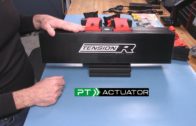

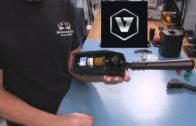
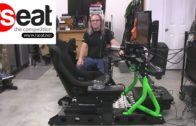
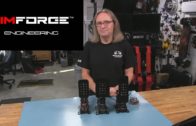
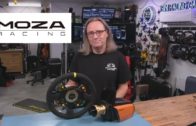

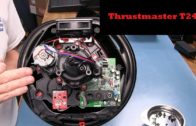
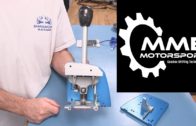
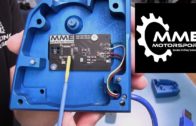
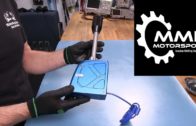
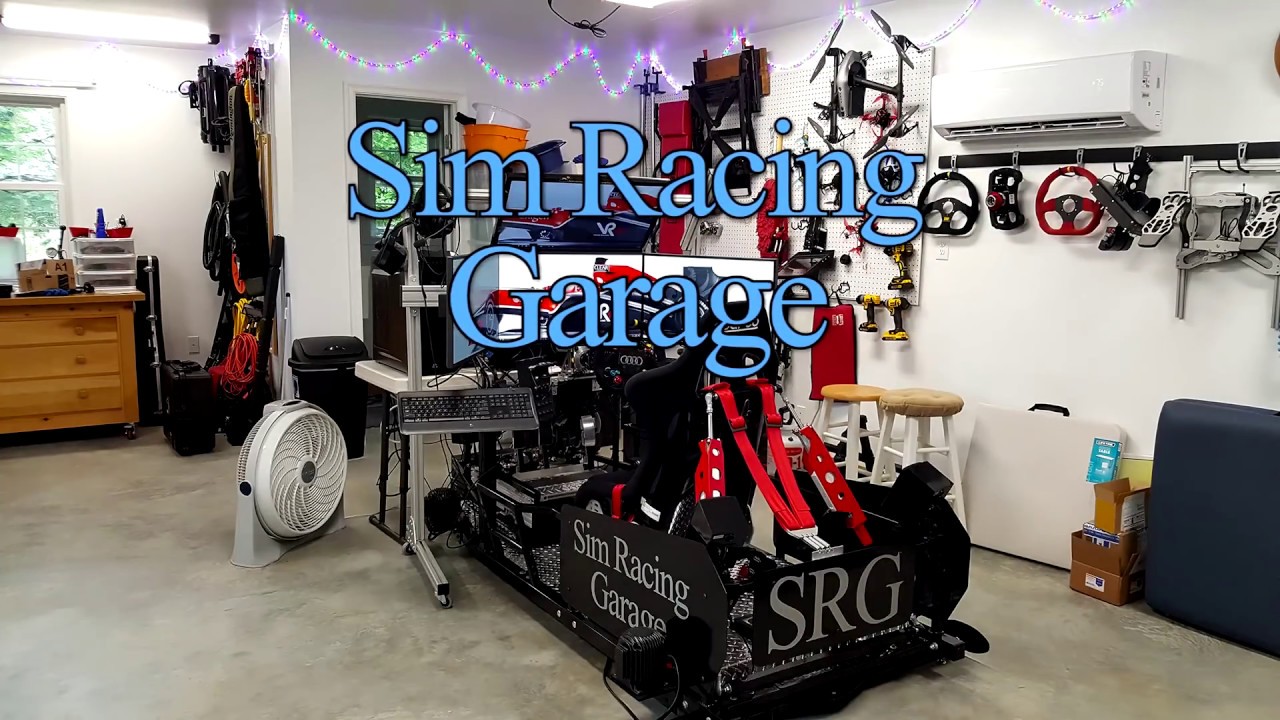
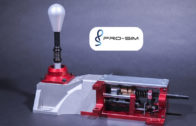
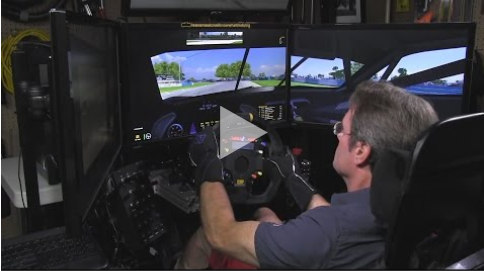
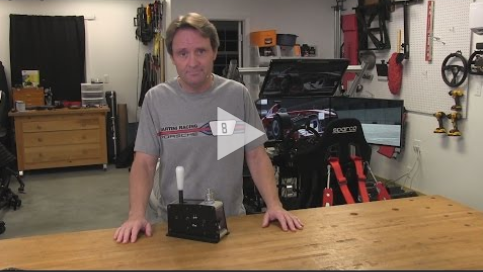

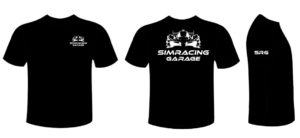
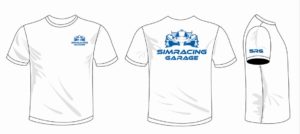
Leave a Reply
Be the First to Comment!
You must be logged in to post a comment.
You must be logged in to post a comment.